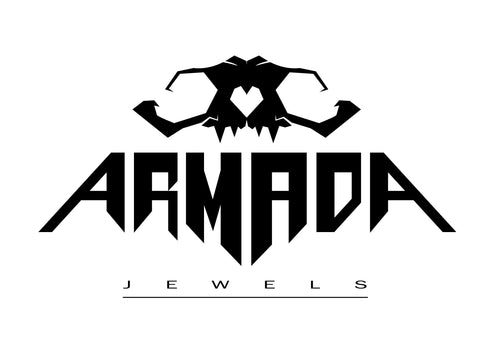Wasp
Ring made of 925 Silver, which is part of the "Animalia" collection depicting a wasp.
The commonly called wasps (such as Vespinae and Polistinae) are social insects: their societies include sterile females, workers, and one or more fertile females called queens. Males appear only in the reproductive period.
In the order of the Hymenoptera there are many other examples of more or less evolved sociability: the sociality level of wasps, even if often complex and fascinating, is less "evolved" than that of bees and many species of ants that represent the examples. evolutionary higher than the sociality among insects. Sociability appeared in the hymenoptera several times during the evolutionary history of the order. Probably this particularity is given by a genetic characteristic for which all the males are of the haploid type, while the females are all of the diploid type. According to a rather complex calculation, the sisters between them would be genetically similar for 75% while they would share only 50% of the genetic heritage with the mothers. According to some scholars, females are therefore inclined to help the mother to generate sisters instead of devoting themselves to generating their own offspring.
Use this accordion to add info such as Materials, Sizing, Features, Shipping and Returns policies
Use this accordion to add info such as Materials, Sizing, Features, Shipping and Returns policies
Our Story, Our Promise
Use this text to describe a product, promotion, or your company.
Frequently Asked Questions
-
Use this text block to discuss some commonly asked questions like shipping and returns, sizing, warranties, or product and company details.
-
Use this text block to discuss some commonly asked questions like shipping and returns, sizing, warranties, or product and company details.
-
Use this text block to discuss some commonly asked questions like shipping and returns, sizing, warranties, or product and company details.
-
Use this text block to discuss some commonly asked questions like shipping and returns, sizing, warranties, or product and company details.













